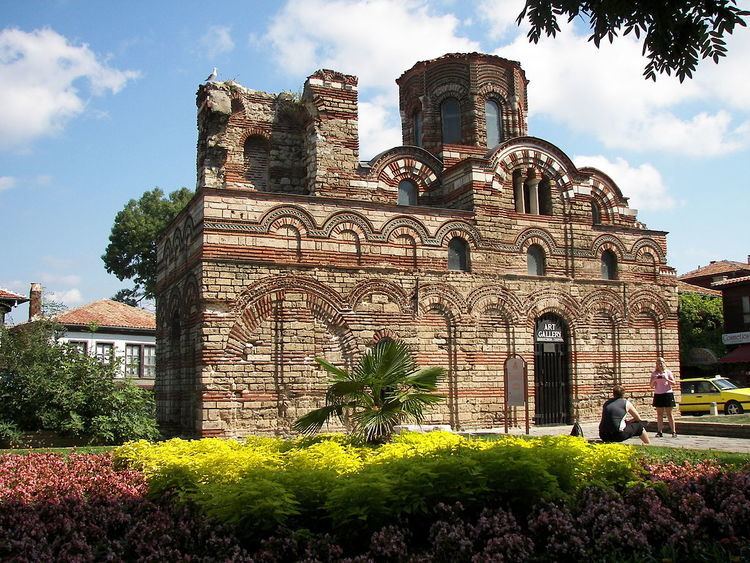 | ||
The UNESCO (United Nations Educational, Scientific and Cultural Organization) has designated 77 World Heritage Sites in nine countries (also called "state parties") of Eastern Europe; defined here to mean the former Eastern Bloc countries not including the Baltic Countries (which are in Northern Europe) or former Yugoslavia and Albania (which are in Southern Europe) or the parts of Germany that once comprised East Germany (which are included in Western Europe): Russia, Belarus, Poland, Czech Republic, Slovakia, Hungary, Ukraine, Moldova, Romania and Bulgaria. Only the European part of Russia is included here; the Asian part is included in Central Asia. Although they have territory in Eastern Europe, uniquely positioned Turkey and the Caucasian countries of Armenia, Georgia, and Azerbaijan are not included here but in Western Asia.
Russia is home to the most inscribed sites with 17 sites, two of which are transborder properties. Seven sites are shared between several countries with some of them located partially in Northern or Western Europe: the Curonian Spit (Lithuania and Russia), Caves of Aggtelek Karst and Slovak Karst (Slovakia and Hungary), Primeval Beech Forests of the Carpathians and the Ancient Beech Forests of Germany (Germany, Slovakia, Ukraine), Belovezhskaya Pushcha / Białowieża Forest (Poland and Belarus), Fertö / Neusiedlersee Cultural Landscape (Austria and Hungary), Muskauer Park / Park Mużakowski (Germany and Poland) and the Struve Geodetic Arc (ten countries in Northern and Eastern Europe). Moldova has only part of the Struve Geodetic Arc transborder site. The first sites from the region were inscribed in 1978, when Cracow's Historic Centre and the Wieliczka Salt Mine, both in Poland were chosen during the list's conception. Each year, UNESCO's World Heritage Committee may inscribe new sites on the list, or delist sites that no longer meet the criteria. Selection is based on ten criteria: six for cultural heritage (i–vi) and four for natural heritage (vii–x). Some sites, designated "mixed sites," represent both cultural and natural heritage. In Eastern Europe, there are 69 cultural, 8 natural, and no mixed sites.
The World Heritage Committee may also specify that a site is endangered, citing "conditions which threaten the very characteristics for which a property was inscribed on the World Heritage List." None of the sites in Eastern Europe is currently listed as endangered; two sites, Wieliczka Salt Mine and the Srebarna Nature Reserve, have formerly been listed as endangered but lost this status subsequently; possible danger listing has been considered by UNESCO in a number of cases.
Legend
The table is sortable by column by clicking on the at the top of the appropriate column; alphanumerically for the Site, Area, and Year columns; by state party for the Location column; and by criteria type for the Criteria column. Transborder sites sort at the bottom.
Site; named after the World Heritage Committee's official designation Location; at city, regional, or provincial level and geocoordinates Criteria; as defined by the World Heritage Committee Area; in hectares and acres. If available, the size of the buffer zone has been noted as well. A value of zero implies that no data has been published by UNESCO Year; during which the site was inscribed to the World Heritage List Description; brief information about the site, including reasons for qualifying as an endangered site, if applicable